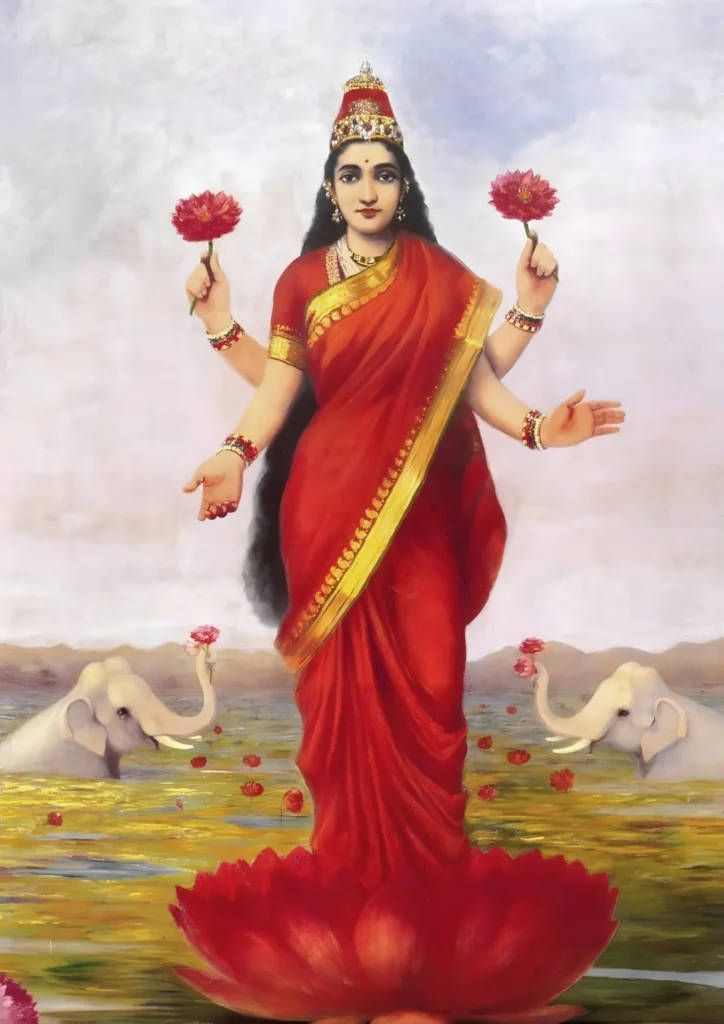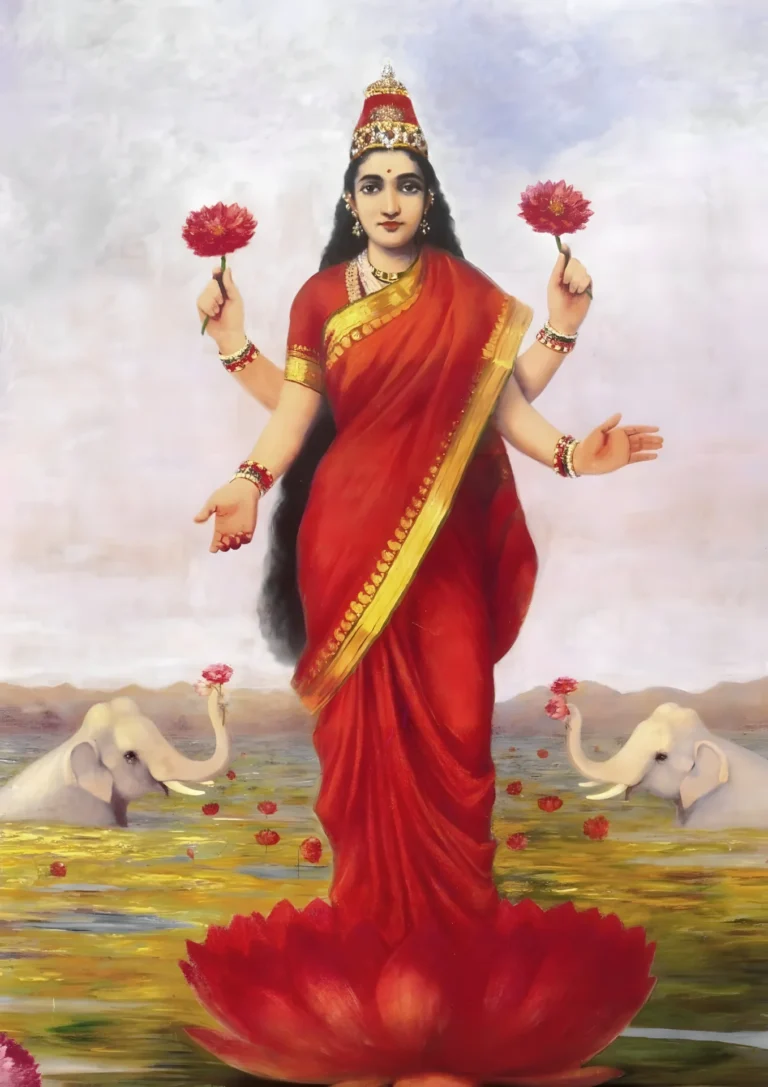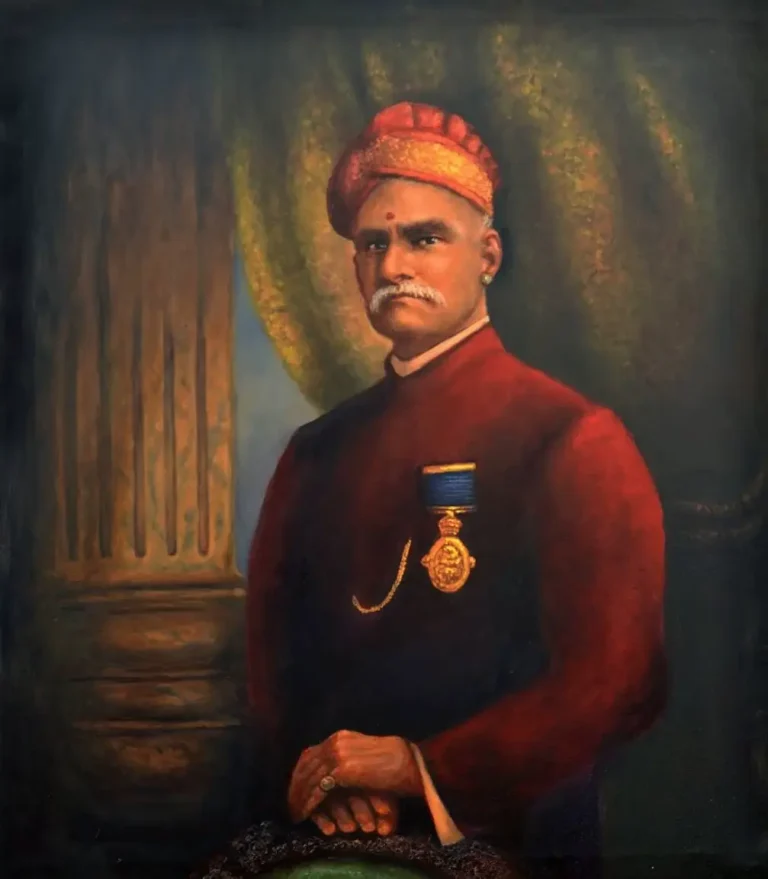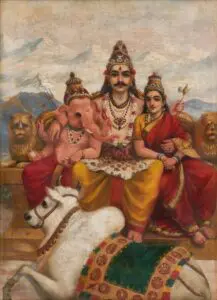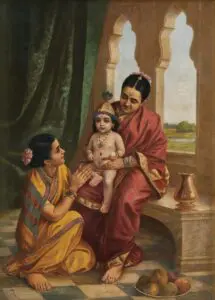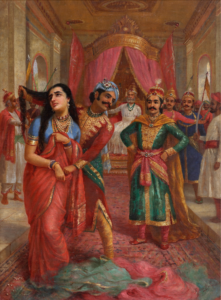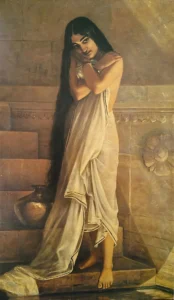Goddess Lakshmi
The artwork of Goddess Lakshmi by Raja Ravi Varma, completed in 1896, is a classic masterpiece of Indian art. The oil on canvas depicts the goddess standing majestically on a lotus flower, symbolizing purity and spiritual growth. With four arms, she is shown bestowing blessings and protection, embellished with symbolic elements like elephants that signify strength and purity. As part of the Maharaja Fateh Singh Museum collection in Vadodara, this artwork is not just a visual splendor but also a culturally rich piece that has been widely reproduced in various forms, from oleographs to prints, making it accessible to a broader audience.
Year 1896
About the Artwork
Raja Ravi Varma’s painting of Goddess Lakshmi is a fusion of traditional themes and the artist's innovative style, painted during the late 19th century, specifically in 1896. This piece emerged from a period when Varma was synthesizing classical Indian imagery with European artistic techniques. The goddess Lakshmi, a symbol of prosperity, wealth, and purity, is depicted standing on a lotus, an emblem of divine birth and spiritual enlightenment. Varma enriched this tableau with detailed elements like elephants, deepening its symbolic resonance by portraying them as harbingers of abundance and virtuous qualities. The painting is a testament to Varma’s commitment to popularizing Indian mythology and aesthetics beyond regional confines, achieving wide distribution through lithographic reproductions that transformed it into an enduring cultural icon.
Did You Know
Raja Ravi Varma’s technique in depictions such as the Goddess Lakshmi reflects a unique cultural and artistic blend, combining Indian mythology with European realism, a hallmark of his signature style.
The widespread reproduction of this depiction by the Ravi Varma Press played a pivotal role in making Indian deities accessible, thus influencing religious and cultural landscapes in India.
In Hinduism, Lakshmi is not only the goddess of wealth and prosperity but also a symbol of beauty and fortune, where elements like the lotus and elephants enrich her portrayal with deeper meanings of spiritual and material abundance.




